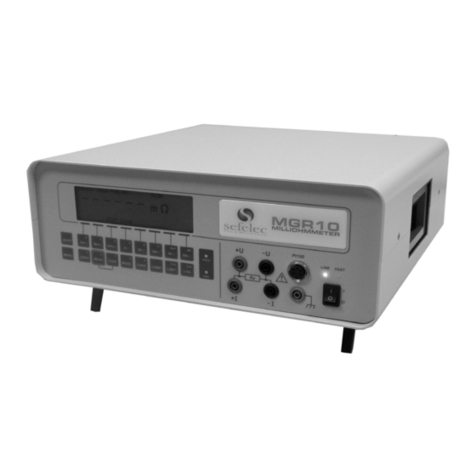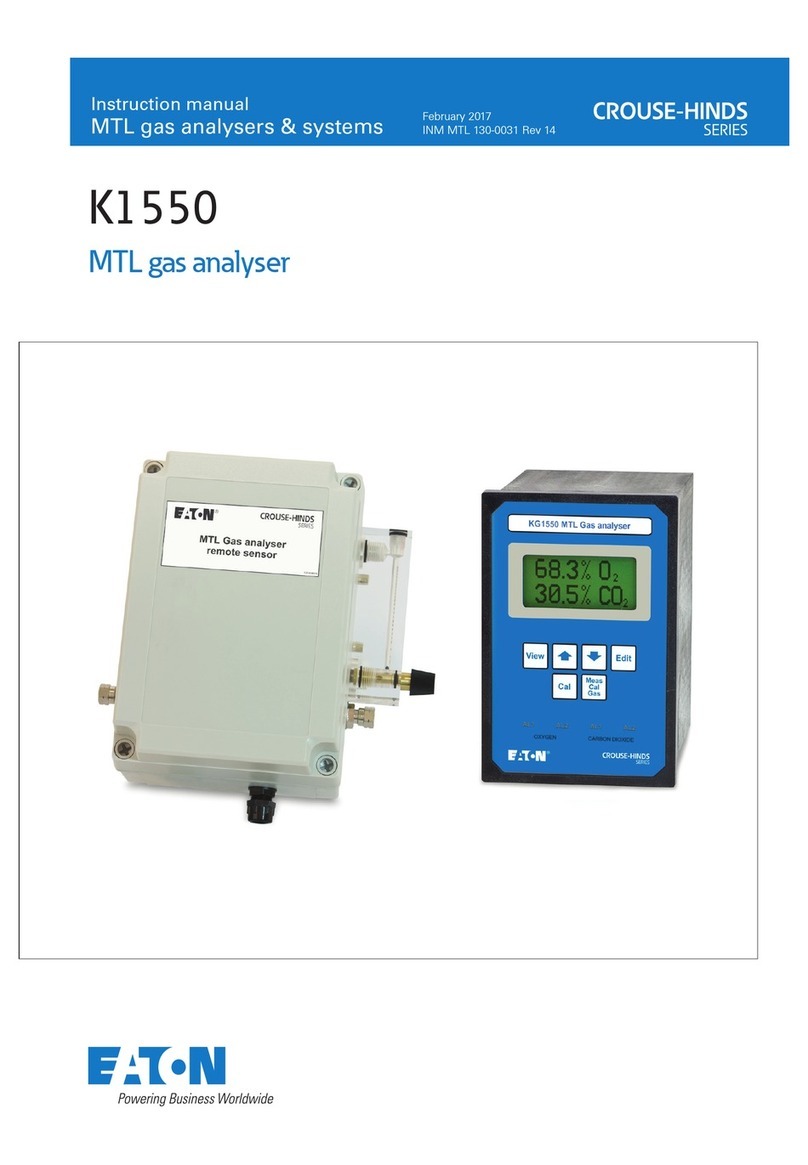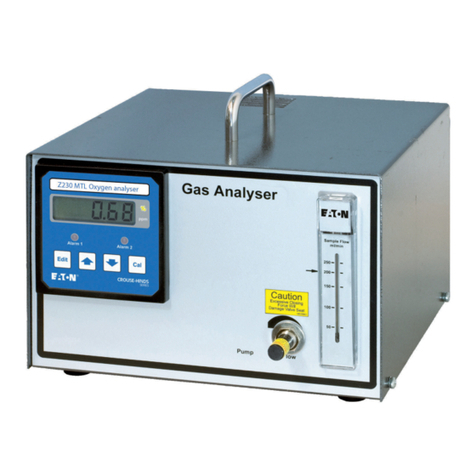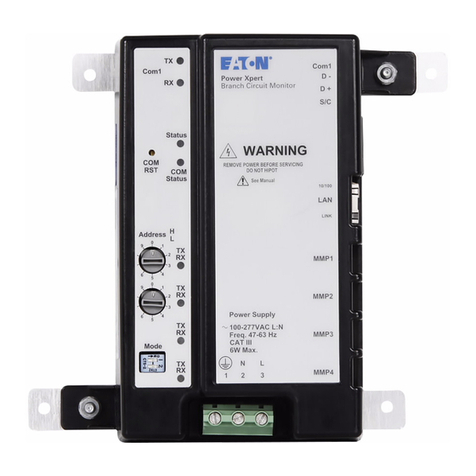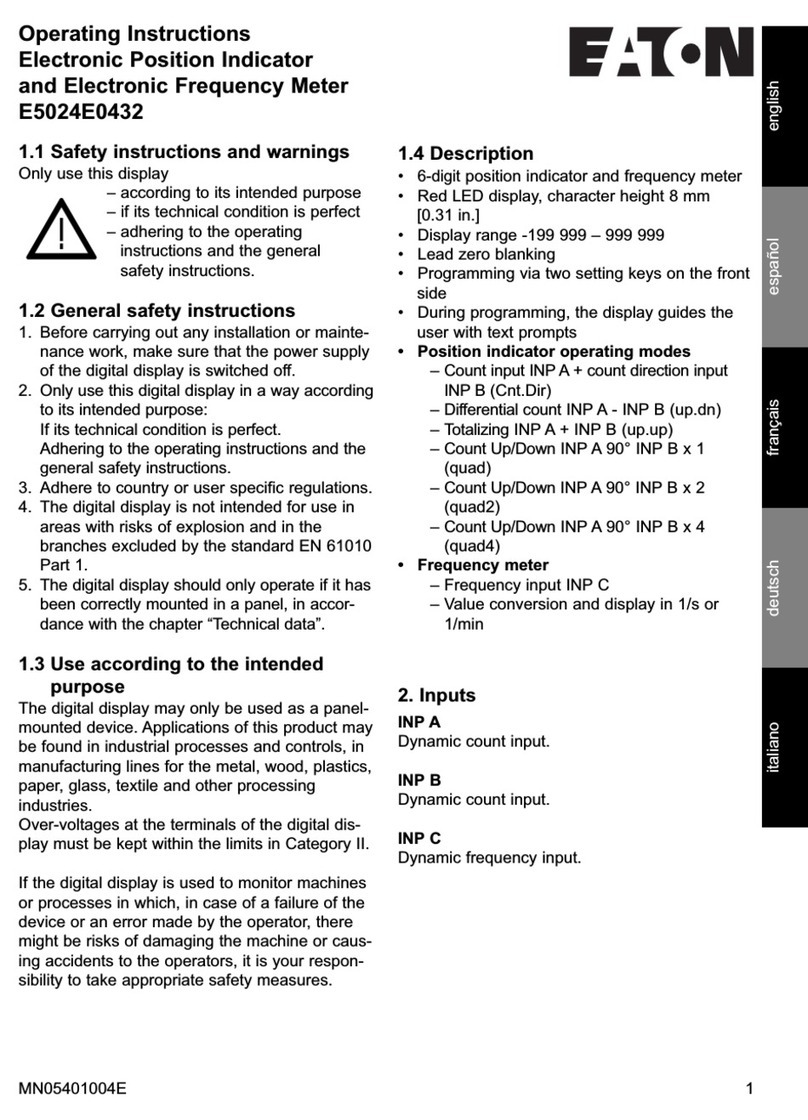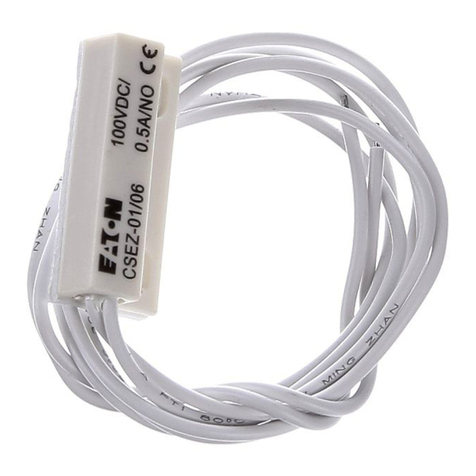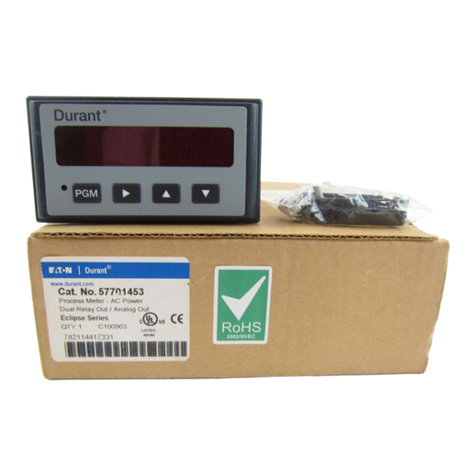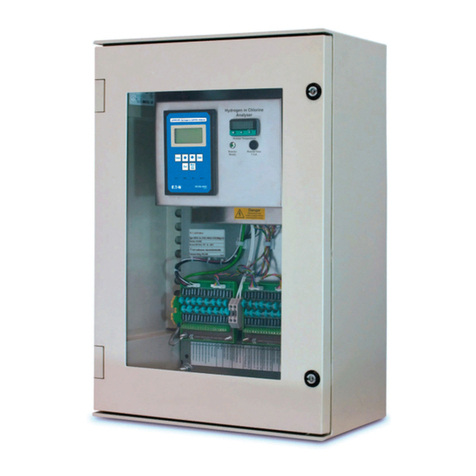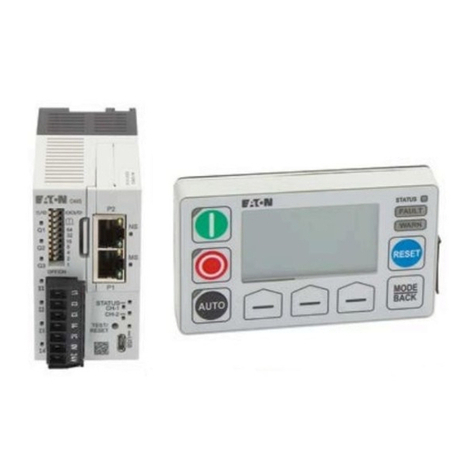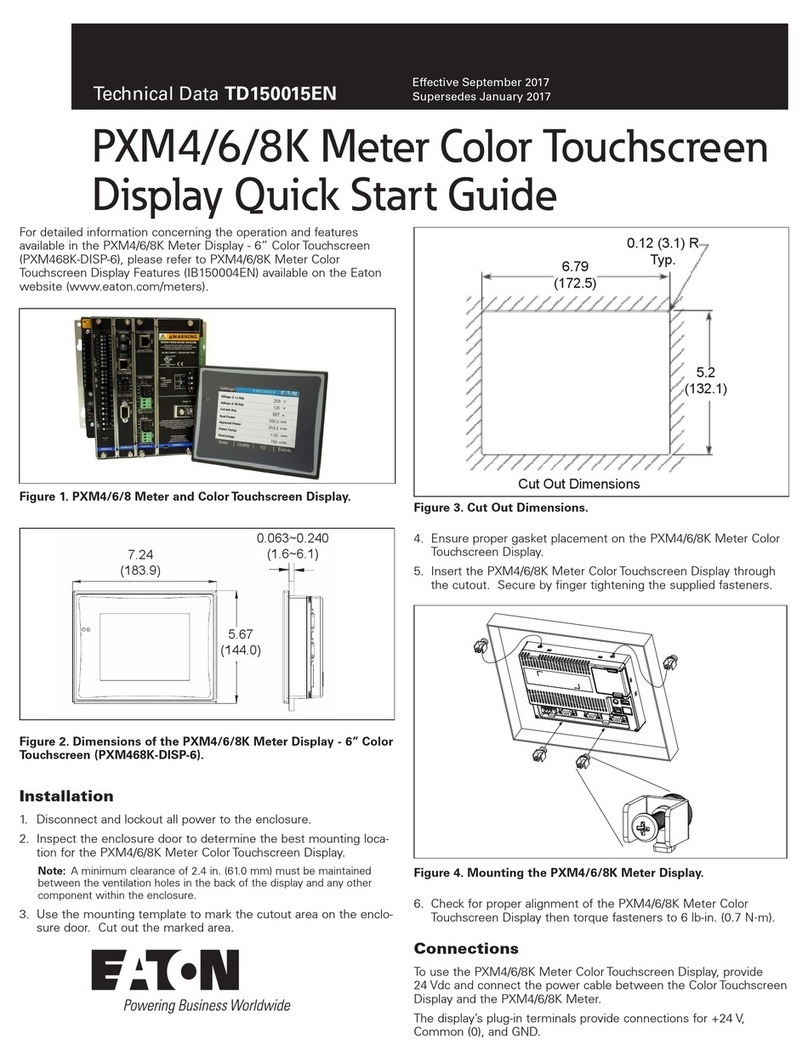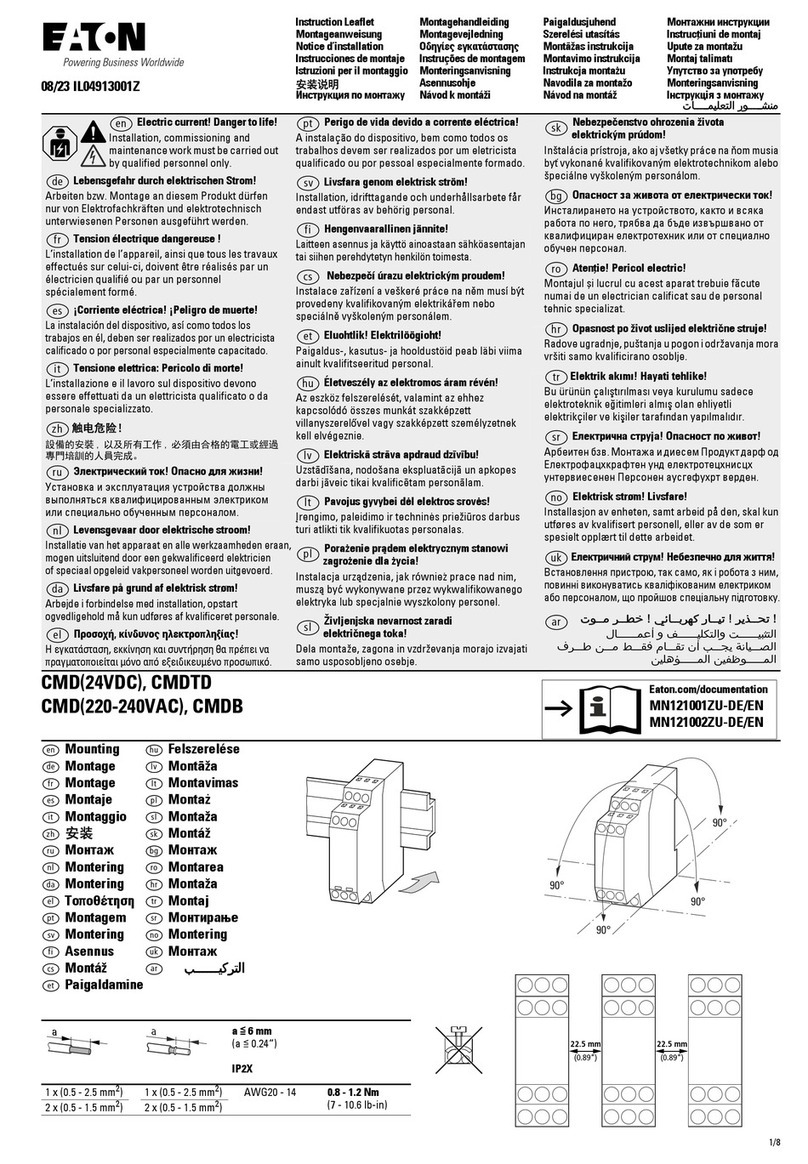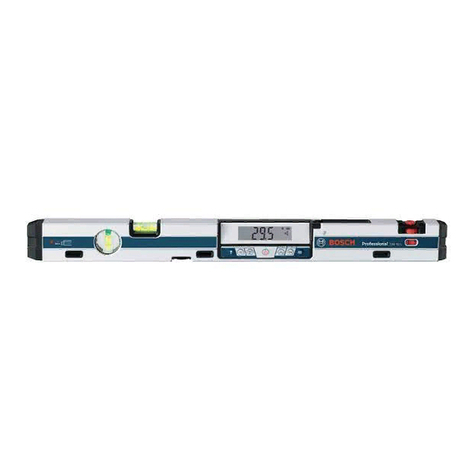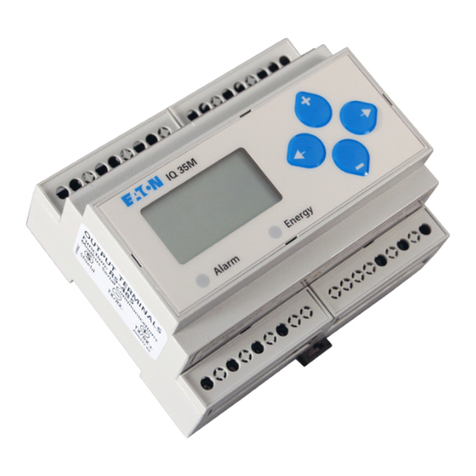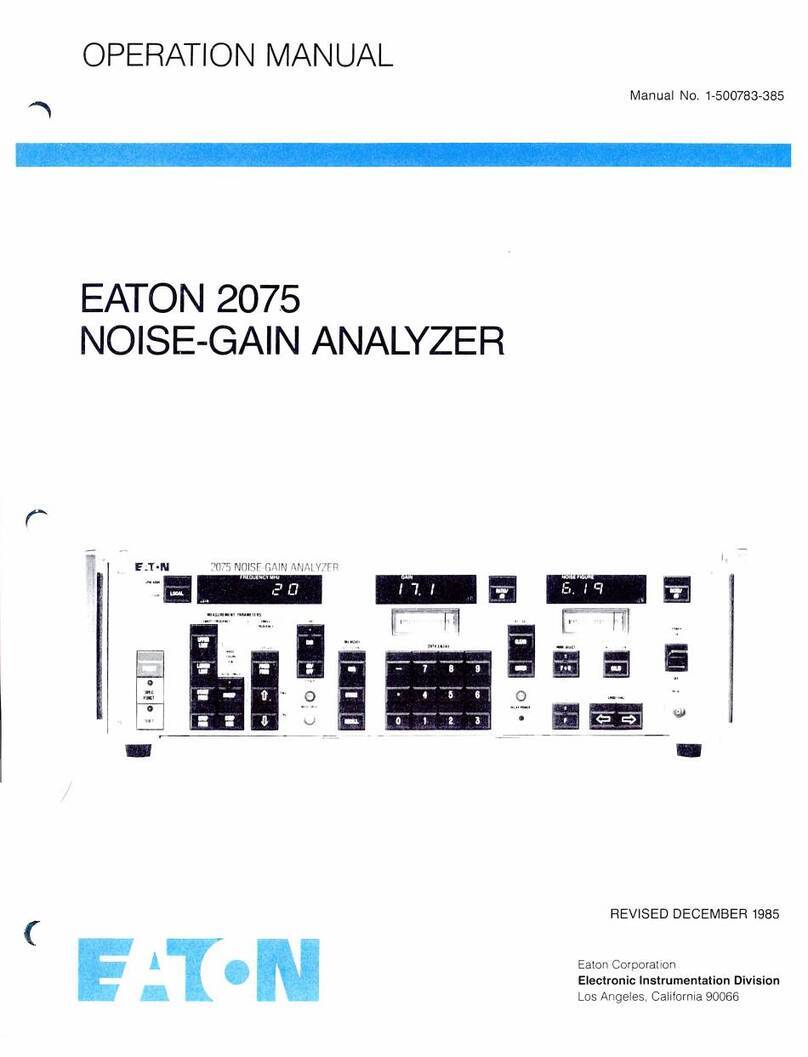
The given data is only intended as a product
description and should not be regarded as a legal
warranty of proper ties or guarantee. In the interest
of further technical developments, we reserve the
right to make design changes.
EUROPE (EMEA):
+44 (0)1582 723633
THE AMERICAS:
+1 800 835 7075
ASIA-PACIFIC:
+65 6 645 9888
The given data is only intended as a product
description and should not be regarded as a legal
warranty of proper ties or guarantee. In the interest
of further technical developments, we reserve the
right to make design changes.
EUROPE (EMEA):
+44 (0)1582 723633
THE AMERICAS:
+1 800 835 7075
ASIA-PACIFIC:
+65 6 645 9888
Eaton Electric Limited,
Great Marlings, Butterfield, Luton
Beds, LU2 8DL, UK.
Tel: + 44 (0)1582 723633 Fax: + 44 (0)1582 422283
www.mtl-inst.com
© 2016 Eaton
All Rights Reserved
Publication No. INS MTL GIR6000 Rev 2 141116
November 2016
Eaton Electric Limited,
Great Marlings, Butterfield, Luton
Beds, LU2 8DL, UK.
Tel: + 44 (0)1582 723633 Fax: + 44 (0)1582 422283
www.mtl-inst.com
© 2016 Eaton
All Rights Reserved
Publication No. INS MTL GIR6000 Rev 2 141116
November 2016
MTL GIR6000 replacement modules
November 2016
MTL GIR6000 replacement modules
November 2016
2 2
NOTE
Before ANY module is inserted into a position on the inner
door, ALWAYS check the O-ring seals for any sign of damage;
replace any that appear to show signs of damage or wear. It
is also good practice to do a quick visual inspection on the
pins of the module’s multi-way connector to check for any
bent or distorted pins.
Remove any packaging from the new module and, before
inserting it into the door panel, take care to align it with the
guides on each side of the opening. When the guides are
engaged, insert the module gently into the door until the
connectors are encountered then press firmly to engage both
gas and electrical connectors.
Tighten the two bolts with the fingers and then use a
screwdriver to tighten the bolts to a recommended torque of 1.5
Nm – i.e. sufficient to prevent them being unscrewed by hand.
Leak Testing
It is now necessary, following any module replacement, to
perform a Module Leak Test. All leak-testing procedures are
described in the MTL GIR6000 Instruction Manual (Section 7.4.
Leak-testing)
ATEX Safety Instructions for
MTL GIR6000 sensor, pump & filter modules
The replacement modules form part of the certification of the
MTL GIR6000 and are not separately certified. Refer to the
certificate and instructions of the MTL GIR6000 for full details.
The following information is in accordance with the Essential
Health and Safety Requirements (Annex II) of the EU
Directive 94/9/EC [the ATEX Directive - safety of apparatus]
and is provided for those locations where such requirements
are applicable.
General
a) This module must only be installed, operated and maintained
by competent personnel. Such personnel shall have
undergone training, which included instruction on the various
types of protection and installation practices, the relevant
rules and regulations, and on the general principles of area
classification. Appropriate refresher training shall be given on
a regular basis. [See clause 4.2 of EN 60079-17].
b) The module is designed for operation in a MTL GIR6000 gas
analyser which is mounted in a Zone 2 hazardous area.
c) This equipment has been designed to meet the requirements
of EN 60079-0 and EN 60079-15.
Installation
a) The installation must comply with the appropriate European,
national and local regulations, which may include reference
to the IEC code of practice IEC 60079-14. In addition,
particular industries or end users may have specific
requirements relating to the safety of their installations and
these requirements should also be met. For the majority of
installations the Directive 1999/92/EC [the ATEX Directive -
safety of installations] is also applicable.
b) The module is designed for operation in a Zone 2 hazardous
area.
c) The removable modules must not be inserted or removed
unless the MTL GIR6000 has been de-energised and isolated
from the sample gas supply.
Inspection and maintenance
a) Inspection and maintenance should be carried out in
accordance with European, national and local regulations
which may refer to the IEC standard IEC 60079-17. In addition
specific industries or end users may have requirements which
should also be met.
b) There are potential electrostatic hazards when cleaning the
equipment. Clean only with a damp cloth
Repair
A module cannot be repaired by the user and must be replaced
with an equivalent certified product – see ‘Disposal’ on this
instruction sheet.
Disposal of modules
Any module removed from this equipment must
not be treated as general waste. By ensuring
that this product is disposed of correctly you
will be helping to prevent potentially negative
consequences for the environment and human
health, which could otherwise be caused by
incorrect waste handling of this product.
For more detailed information about take-back and equipment
recycling visit our website.
NOTE
Before ANY module is inserted into a position on the inner
door, ALWAYS check the O-ring seals for any sign of damage;
replace any that appear to show signs of damage or wear. It
is also good practice to do a quick visual inspection on the
pins of the module’s multi-way connector to check for any
bent or distorted pins.
Remove any packaging from the new module and, before
inserting it into the door panel, take care to align it with the
guides on each side of the opening. When the guides are
engaged, insert the module gently into the door until the
connectors are encountered then press firmly to engage both
gas and electrical connectors.
Tighten the two bolts with the fingers and then use a
screwdriver to tighten the bolts to a recommended torque of 1.5
Nm – i.e. sufficient to prevent them being unscrewed by hand.
Leak Testing
It is now necessary, following any module replacement, to
perform a Module Leak Test. All leak-testing procedures are
described in the MTL GIR6000 Instruction Manual (Section 7.4.
Leak-testing)
ATEX Safety Instructions for
MTL GIR6000 sensor, pump & filter modules
The replacement modules form part of the certification of the
MTL GIR6000 and are not separately certified. Refer to the
certificate and instructions of the MTL GIR6000 for full details.
The following information is in accordance with the Essential
Health and Safety Requirements (Annex II) of the EU
Directive 94/9/EC [the ATEX Directive - safety of apparatus]
and is provided for those locations where such requirements
are applicable.
General
a) This module must only be installed, operated and maintained
by competent personnel. Such personnel shall have
undergone training, which included instruction on the various
types of protection and installation practices, the relevant
rules and regulations, and on the general principles of area
classification. Appropriate refresher training shall be given on
a regular basis. [See clause 4.2 of EN 60079-17].
b) The module is designed for operation in a MTL GIR6000 gas
analyser which is mounted in a Zone 2 hazardous area.
c) This equipment has been designed to meet the requirements
of EN 60079-0 and EN 60079-15.
Installation
a) The installation must comply with the appropriate European,
national and local regulations, which may include reference
to the IEC code of practice IEC 60079-14. In addition,
particular industries or end users may have specific
requirements relating to the safety of their installations and
these requirements should also be met. For the majority of
installations the Directive 1999/92/EC [the ATEX Directive -
safety of installations] is also applicable.
b) The module is designed for operation in a Zone 2 hazardous
area.
c) The removable modules must not be inserted or removed
unless the MTL GIR6000 has been de-energised and isolated
from the sample gas supply.
Inspection and maintenance
a) Inspection and maintenance should be carried out in
accordance with European, national and local regulations
which may refer to the IEC standard IEC 60079-17. In addition
specific industries or end users may have requirements which
should also be met.
b) There are potential electrostatic hazards when cleaning the
equipment. Clean only with a damp cloth
Repair
A module cannot be repaired by the user and must be replaced
with an equivalent certified product – see ‘Disposal’ on this
instruction sheet.
Disposal of modules
Any module removed from this equipment must
not be treated as general waste. By ensuring
that this product is disposed of correctly you
will be helping to prevent potentially negative
consequences for the environment and human
health, which could otherwise be caused by
incorrect waste handling of this product.
For more detailed information about take-back and equipment
recycling visit our website.




